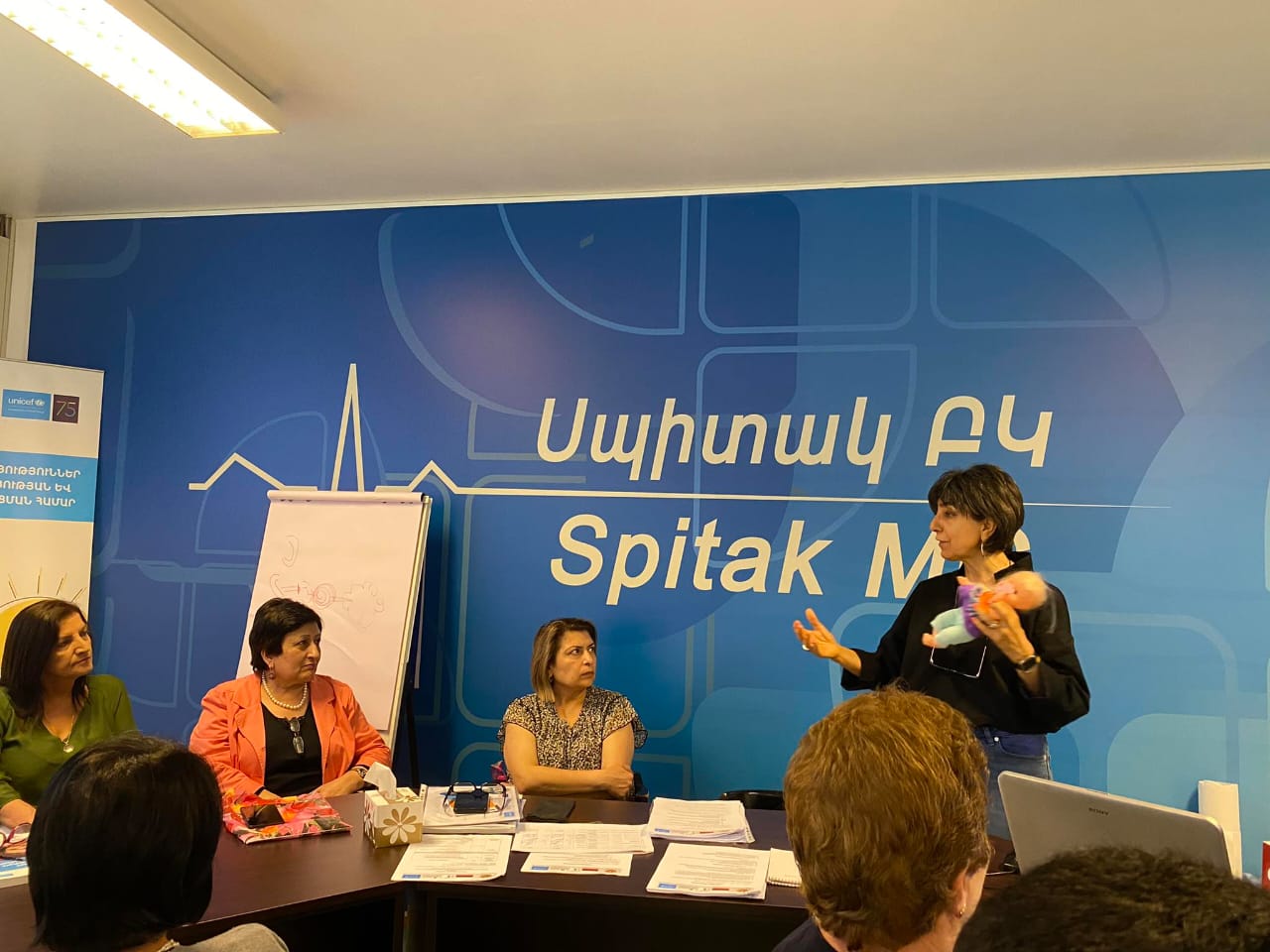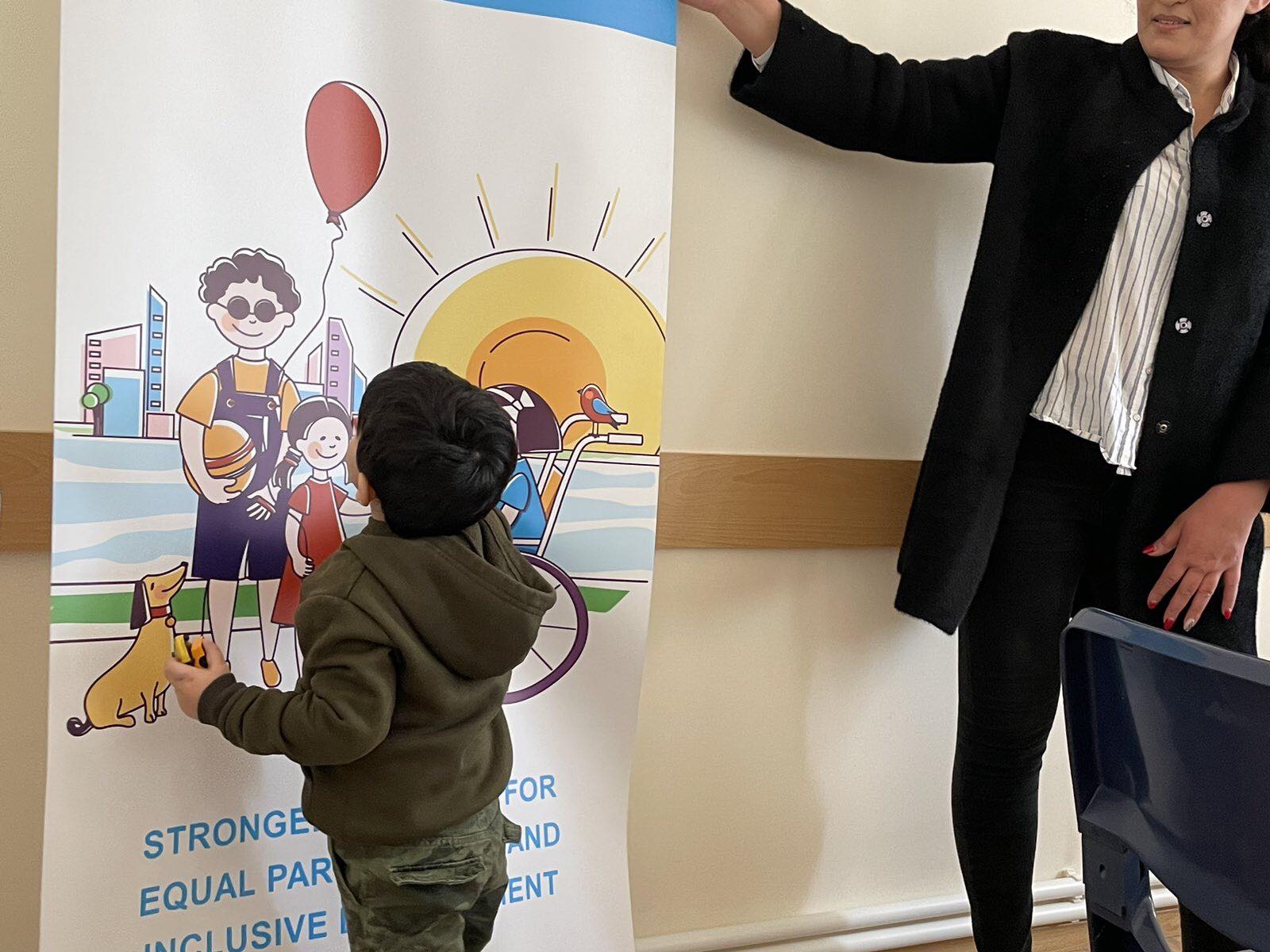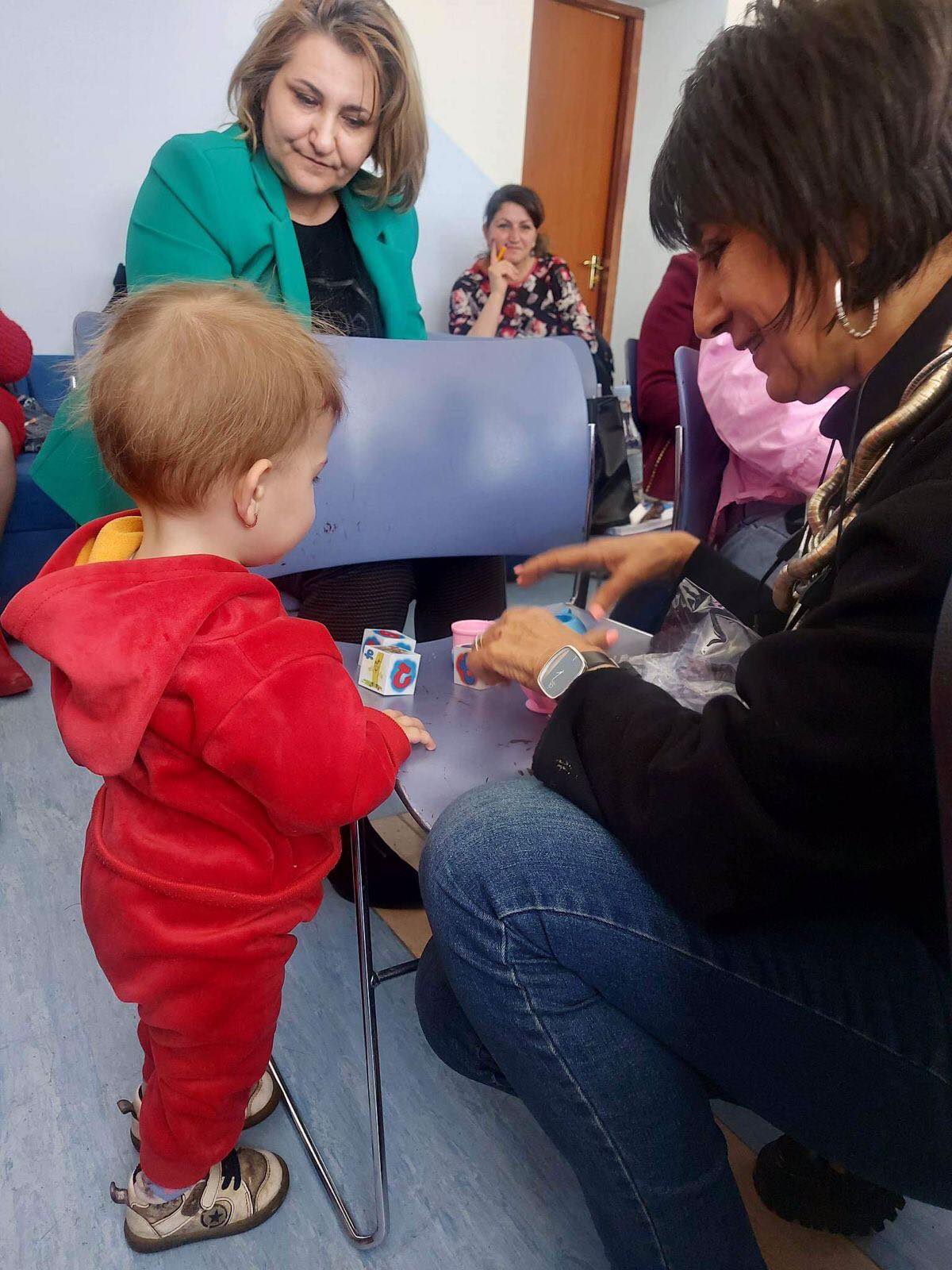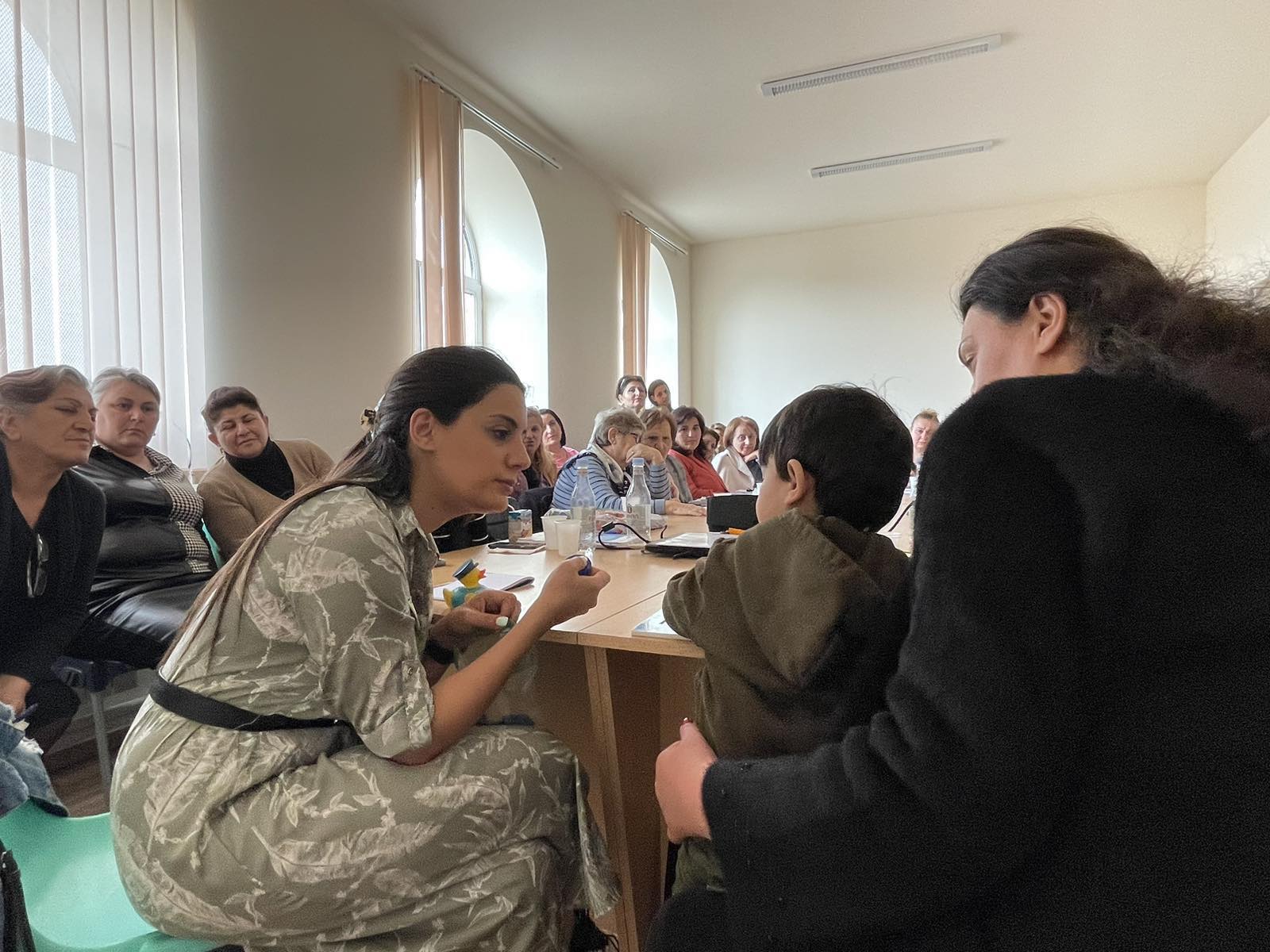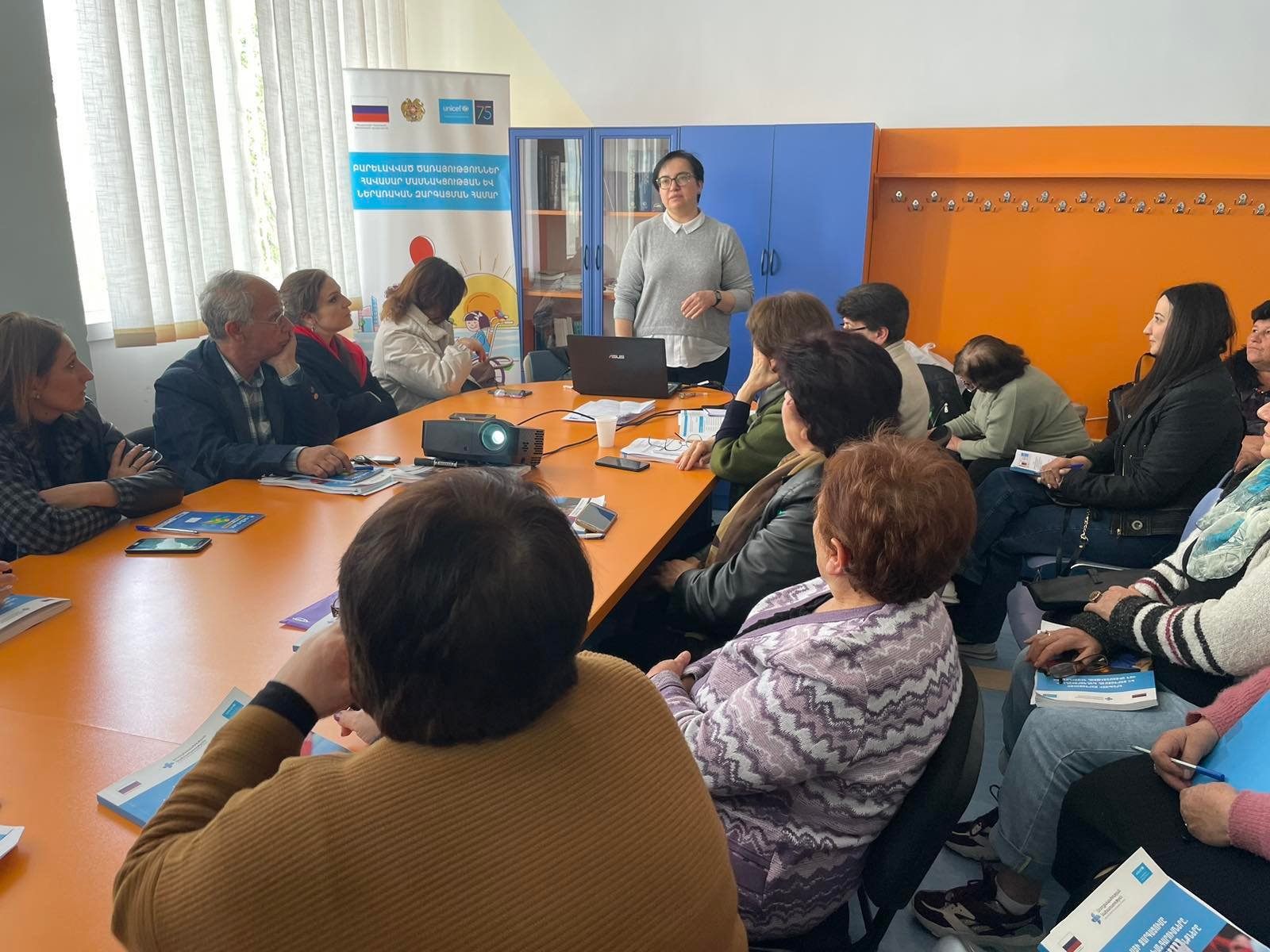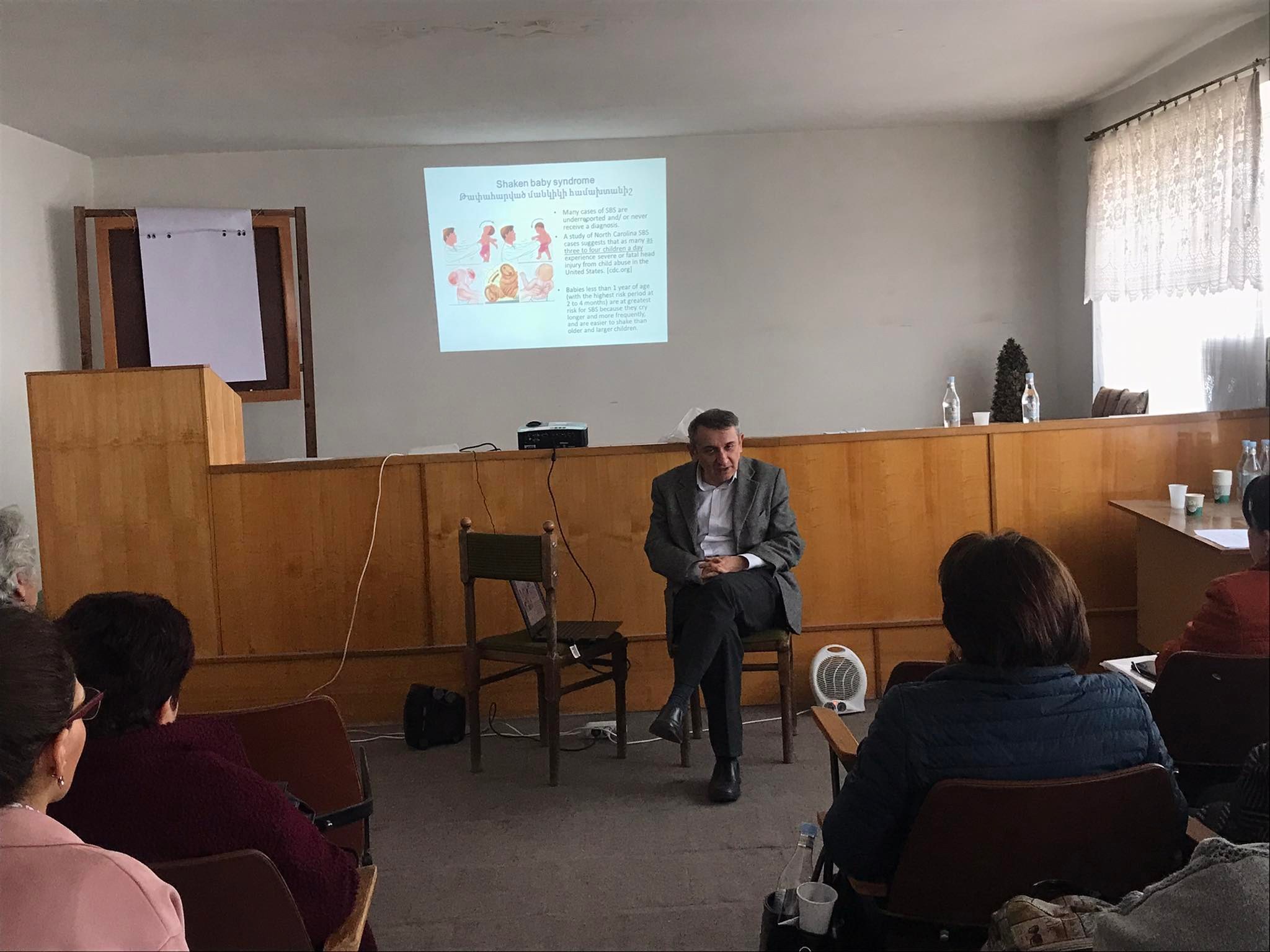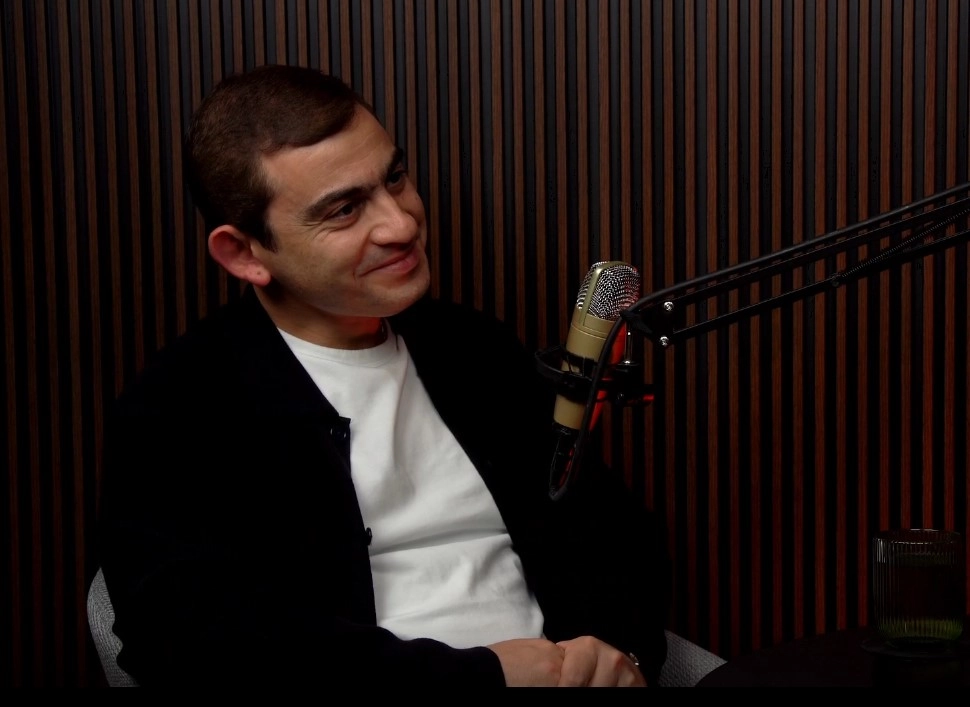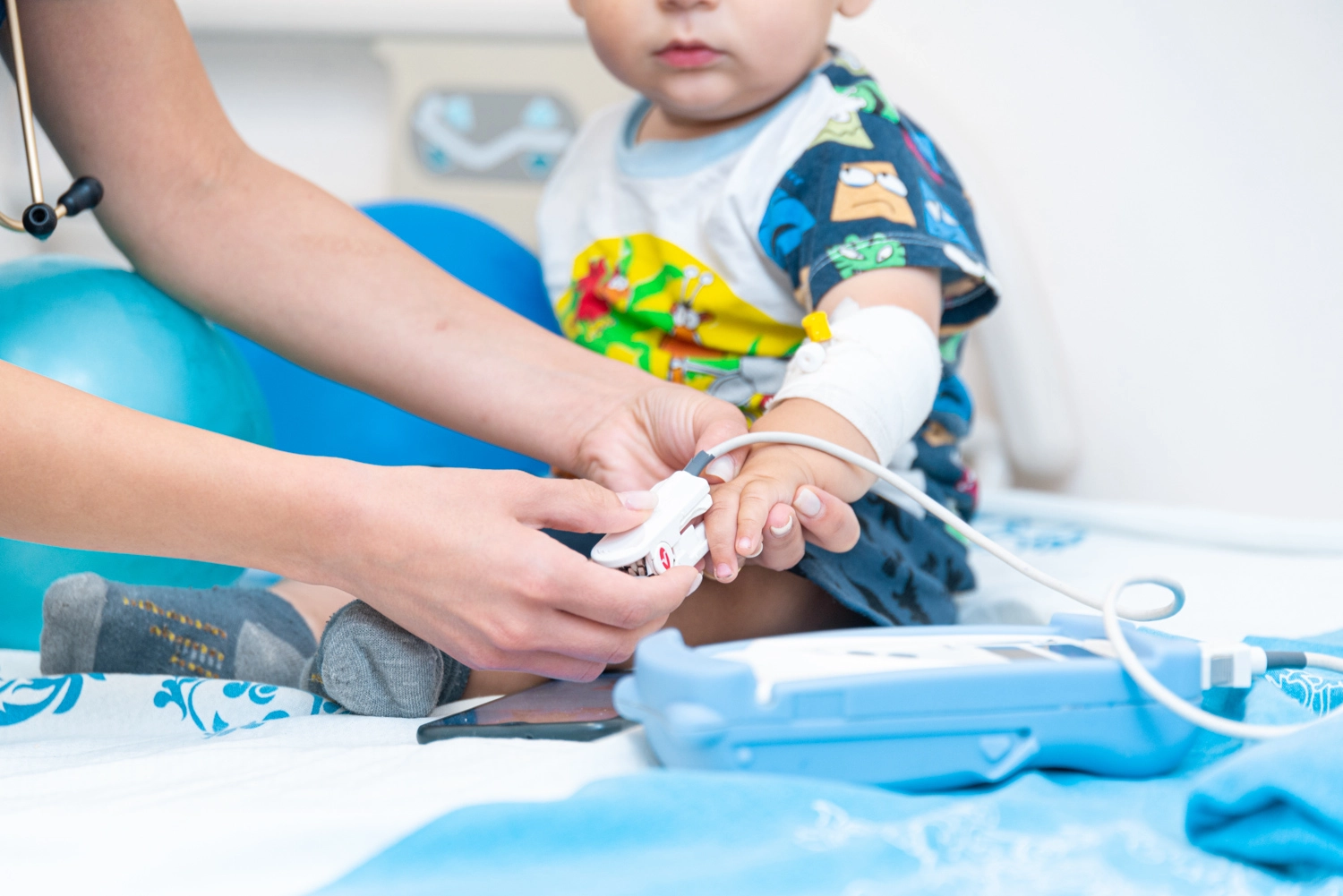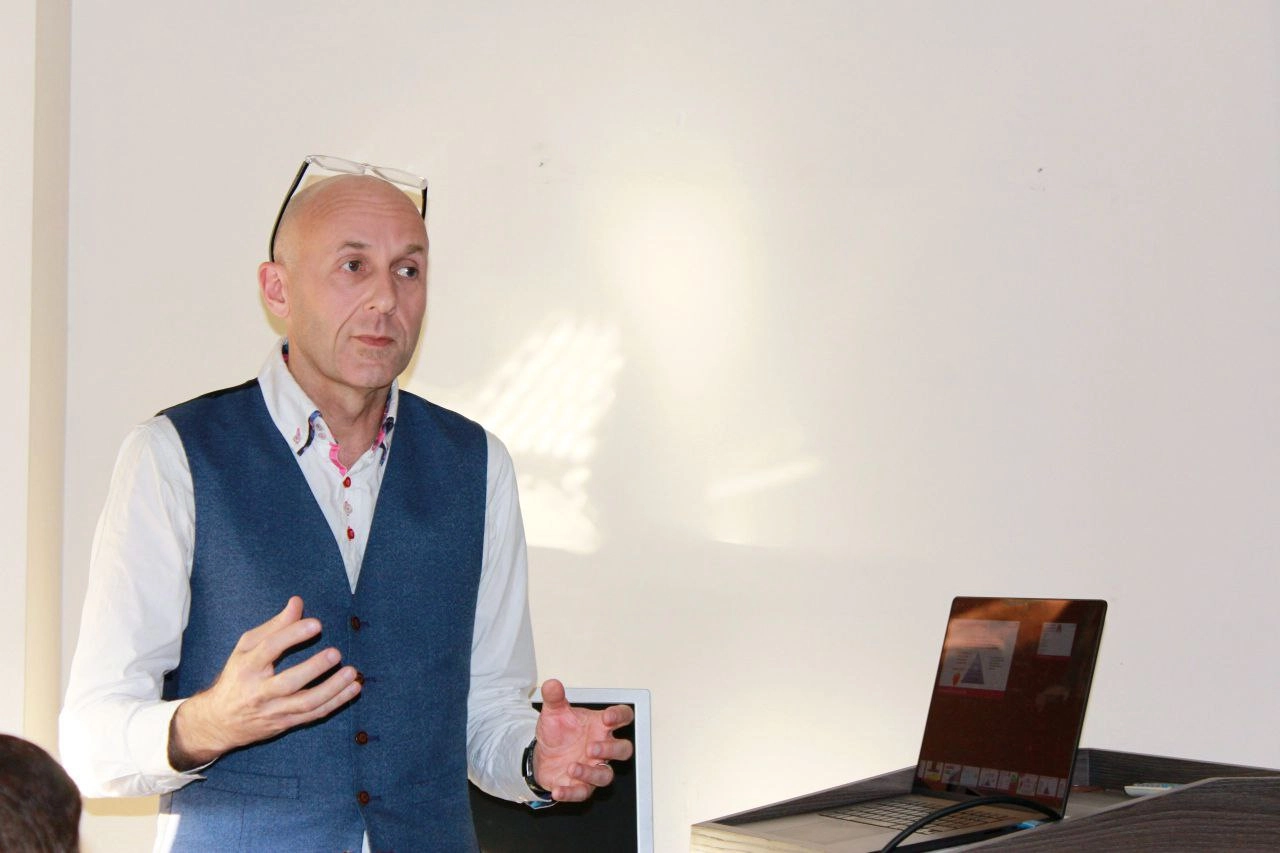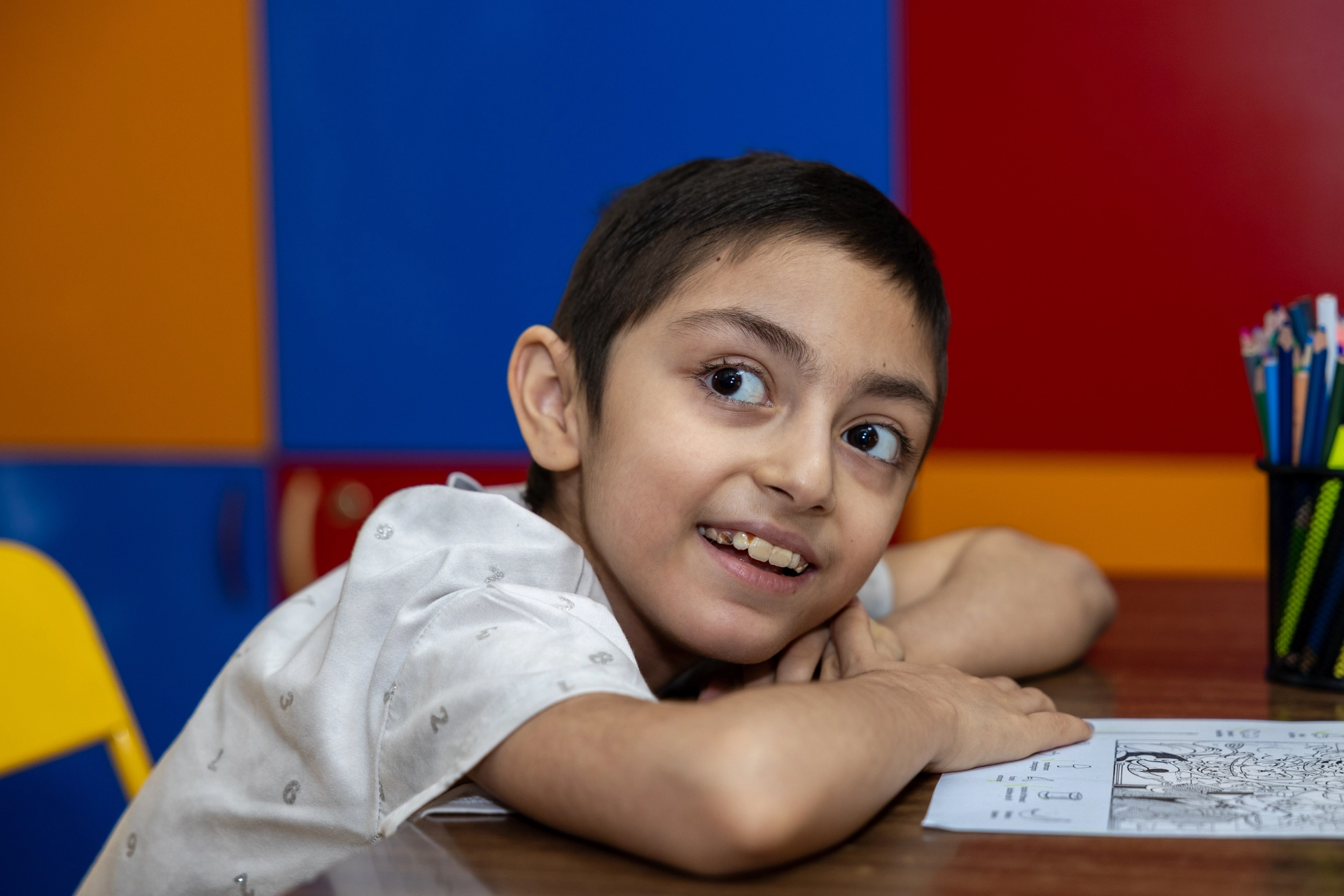The "Arabkir'' United Children's Charity Foundation, in collaboration with UNICEF and the "Arabkir" Medical Center, organized a 6-day course on the topic of "Fundamentals of Early Detection and Intervention of Child Developmental Disorders". The course was aimed at pediatricians, family doctors and nurses from primary health care facilities in Armavir and Lori regions.
The primary objective of the training was to enhance the knowledge and skills of senior and middle medical staff in assessing child development, using cards approved by the standards of the Ministry of Health, facilitating early detection of developmental delays and organization of interventions.
The courses were delivered by experienced pediatricians, developmental pediatricians and rehabilitation specialists in the field of child development. A total of 325 healthcare professionals participated in the training. They received both theoretical and practical Continuing Professional Development (CPD) credits, which were approved by the Ministry of Health. Additionally, they were provided with a manual titled "Child Development, Developmental Delays and Basics of Early Intervention".
To ensure the application of the acquired knowledge in practice and facilitate discussion on emerging issues, monitoring support visits are being organized with experts.
The project is being implemented by UNICEF in collaboration with the “Arabkir” United Children's Charity Foundation as part of the "Improved Services for Equal Participation and Inclusive Development" program. The program is financially supported by the Russian Federation.

 English
English
 Հայերեն
Հայերեն Русский
Русский